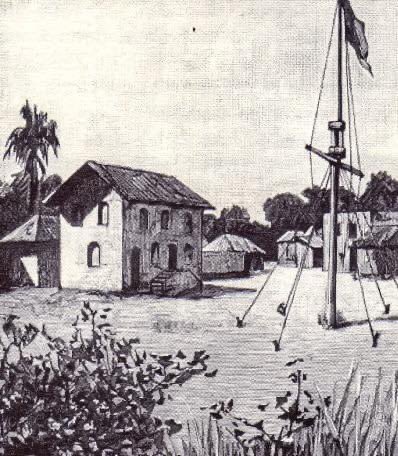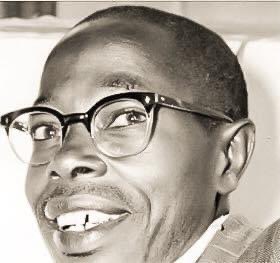Fresh from his postgraduate studies in the United States, Dr. Gikonyo Kiano, then aged 31, demonstrates to some guests how a gîkûyû pestle and mortar was used.
This was at the home of Chief Njiiri Karanja in 1957 (cont’d)
This was at the home of Chief Njiiri Karanja in 1957 (cont’d)

Njiiri (pictured) was a paramount chief in then Fort Hall (Murang’a). He was appointed by the colonial regime.
If it wasn’t for his retirement in 1952, the year the emergency begun, he would almost certainly have been killed by #MauMau like his peers, Chiefs Warûhiû and Nderi.
If it wasn’t for his retirement in 1952, the year the emergency begun, he would almost certainly have been killed by #MauMau like his peers, Chiefs Warûhiû and Nderi.

After Mzee Kenyatta was released from detention, LegCo member Kariuki Njiiri, who was the son of Chief Njiiri, gave up his Fort Hall seat for Jomo.
FYI - Njiiri’s School was named after Chief Njiiri Karanja.
FYI - Njiiri’s School was named after Chief Njiiri Karanja.
• • •
Missing some Tweet in this thread? You can try to
force a refresh














